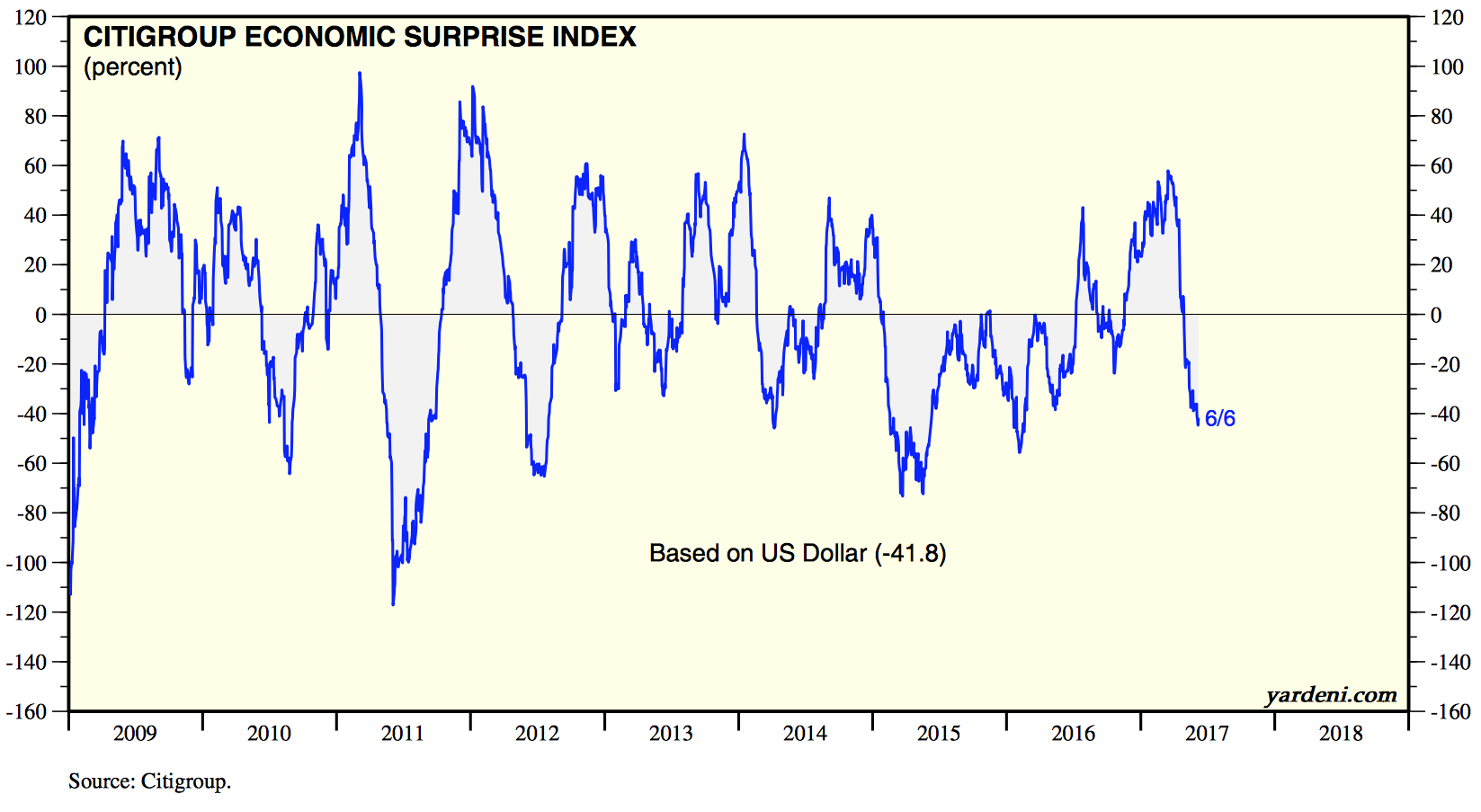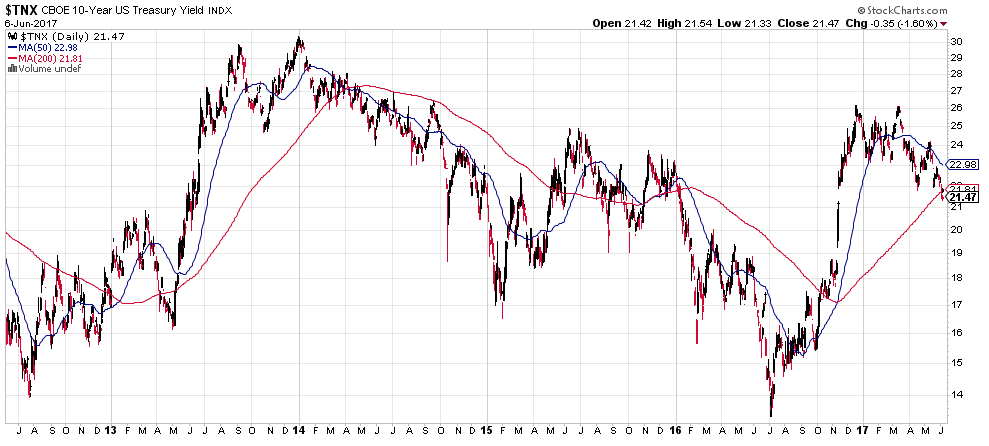A Shocking JOLTS Report?
Yesterday’s JOLTS report from the Bureau of Labor Statistics revealed that Job Openings have hit a record high, (since the data has been recorded starting in 2000) of 6.044 million. While that sounds like a good thing, robust demand for labor and all, the challenge is that while companies have plenty of job openings, they don’t seem to be able to find the right person for the job, which is part of our Tooling and Retooling theme.
In fact, the number of Job Openings first became greater than the number of Hires back in August 2014 and has been rising overall since then. This is not a terribly good sign because when companies have positions they cannot fill, that reduces the overall productivity of the businesses. When positions remain empty for months, or maybe even years, everyone needs to work around the void, impacting their overall ability to take care of their workload.
Given the significant advances made in technology across a wide range of applications, we suspect that this disconnect between skills available and skills needed will continue. This creates opportunities for those companies that can bridge that gap, either by offering training for those potential employees that are the closest fit or those that look to provide this service for a fee, paid either by the job seeker or those companies desperate to fill positions.
It isn’t just Job Openings that are in record territory.
The weekly initial claims report tends to be rather volatile, which is why we prefer to look at the 4-week moving average, so as to smooth some of those bumps out but still give us rather high-frequency trend data. As you can see in the chart below, we are at levels not seen in forty-four years. The only two times this metric has been lower since the data has been recorded was in 1973 (221,250) and 1969 (179,750), which are 16,750 and 58,250 below the most recent data at 238,000. Keeping in mind that this statistic has dropped by over 55,000 since February 21st, we are likely to be nearing the low for this cycle.
The Private Discharge rate is also reaching record lows at 1.2 percent in April. the raw totals here were the fourth-lowest on record at 1.479 million in April.
Looking at where the Job Openings are most prevalent, Health and Social Assistance, which is a subset of Education and Health Services, accounts for over 17.5 percent of the total reported openings, with Leisure and Hospitality another major driver: neither of these are particularly high paying areas. State and Local government openings have also reached new highs, which is particularly interesting given the rather dour financial situations of most of these.
The big question is why is the spread between openings and hirings so large? The answer is likely a function of many variables ranging from a workforce that is less mobile than in generations past, to the exceptional levels of misallocated skill development that we saw pre-Great Recession thanks to the temporary shifts in employment related to the housing bubble. Let’s not forget the impact of all that enormous student debt which is likely part of the reduced mobility as the burden of loans has sent many a grad back to live with mom and dad. What we can say for certain is that we are seeing a material structural shift in the U.S. employment picture.

The jobs data is giving definite indications that we are nearing a turning point in the economy, which is consistent with the majority of US economic data that has been broadly underperforming relative to expectations. The chart below shows the Citigroup Economic Surprise Index has reached multi-year lows.
We think our less enthusiastic view of the economy, relative to the main-stream financial media’s gung ho outlook, is supported by the recent trend in the yield on 10-year Treasury bonds, which closed below the 200-day moving average for the second consecutive day. At 2.18 percent, the bond market isn’t factoring in much GDP growth.
Bottom Line: The recent employment data on top of the trend in weaker-than-expected economic data is consistent with the low-growth potential indicated by the 10-year Treasury rate. The Tematica Team is a pretty upbeat bunch, but we do our best to let the data do the talking and what it is telling us is that we are nearing a turning point in this business cycle.




